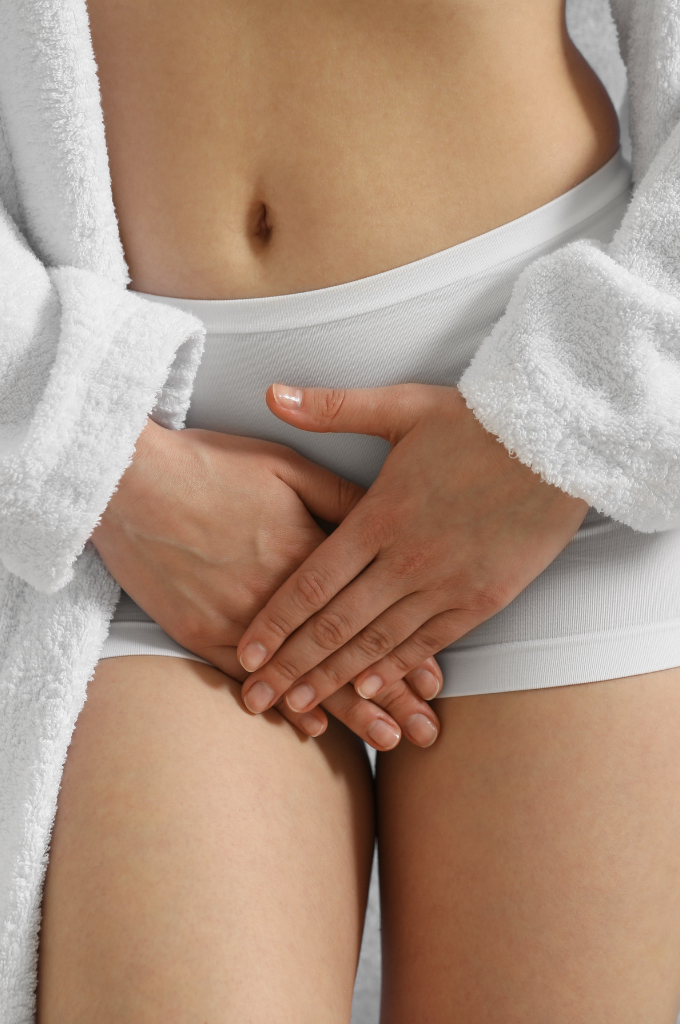In this article, we will address the most common form of urinary incontinence, known as stress incontinence, which is defined as the involuntary loss of urine following an increase in intra-abdominal pressure (e.g., coughing, sneezing, or lifting a weight).
It is a very frequent condition after events such as childbirth and menopause, but it can also occur in young women who practice competitive sports or activities that involve strong abdominal effort.
In most cases, it is linked to a weakness of the pelvic floor
, a group of muscles located at the base of the pelvis that surround the sphincters. Their main role is to contract in response to effort in order to maintain continence.
Other possible causes include:
- abdominal surgery;
- poor load management;
- obesity, physical inactivity;
- chronic constipation or cough;
- joint stiffness, thoracic hyperkyphosis, coccyx dislocation.



